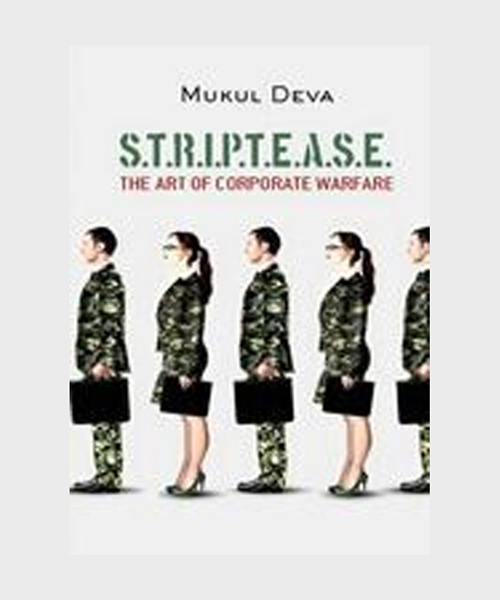
‘What do you mean by “warlike thinking”?’ A CEO asked me, when I was explaining S.T.R.I.P.T.E.A.S.E. to him. ‘Sounds interesting, but seems pretty negative in nature.’ I tried to explain what I meant by telling him the reason why the armed forces switched from the 7.62-mm calibre weapons to 5.56-mm. There were a number of tactical, technical, economic and commonsensical reasons but a very important one was that a reduction in the weapon’s lethality ensured that it crippled and maimed more than it killed.
Do remember that a wounded person is a far greater liability for the enemy than a dead one since he ties up more able-bodied soldiers—to evacuate him, look after him, replace him and so on. Some armed forces overcome this problem by actually following the policy of killing the badly wounded—either officially (though without fanfare) or due to planned circumstances (by simply not catering for adequate medical facilities). Though hellish on morale, such policies were, are and can be enforced with draconian measures.
It takes a very brave man to not be a hero in the Red Army.
Joseph Vissarionovich Stalin
Ask any veteran of any nation—Vietnam, Sri Lanka, Afghanistan, India—and they will tell you how devastating it can be to hear one of your comrades screaming his heart out as he lies with his guts shot out. It kills morale, destroys clear thought, dulls decision- making and shatters troop cohesion very effectively. That is precisely what we want to do to the enemy—be it in war or business. Sounds pretty cold-blooded! Well, war is an awful thing and offers little scope for finer emotions.
War is an act of violence pushed to its utmost bounds.
Clausewitz
This does not mean we should go around gutting the competitor’s work or sales force or dynamiting its offices and factories. As pleasant and exciting as the thought may be, it would definitely not be cricket and the cops may take a rather dim view of it.
In corporate parlance, the equivalent of this would be to cripple, but not kill, an enemy product or strategy—forcing them into carrying on reinforcing a failed product or service. Keeping corporate egos in mind, you will be surprised how easy it would be to do this—very few corporations can come out and admit failure openly or easily.
This ‘strategic resource diversion’ can also be achieved by compelling the competition to concentrate resources on a product/service/location/area that we have no plans to enter.
Ralston Purina Company, the pet foods giant, wanted to protect its supermarket distribution channel and keep both its competitors—Iams and Hills—away. So they attacked the distribution channel that was being used by Iams and Hills with their own gourmet range of pet foods. They got the desired response. Presumably, both Iams and Hills viewed this as a direct assault on their baseline and counterattacked the Ralston offensive with all resources at their command. Who won this battle and dominated the specialized pet food retailers is not very relevant. What is relevant is the fact that, just as Ralston Purina had wanted, Iams and Hills stayed clear of the supermarket distribution channels.
Some companies create phantom products to steer competition away and some create a real product to cause a phantom threat. In either case, the payoff will be unbelievable, since the amount of resources that the enemy deploys to reinforce this failure will be that many less that he can deploy against you.
Tags :